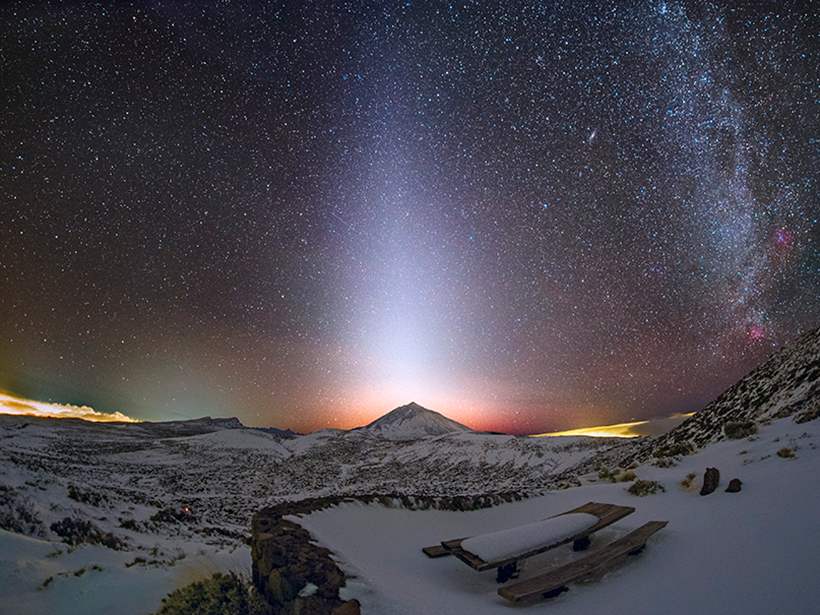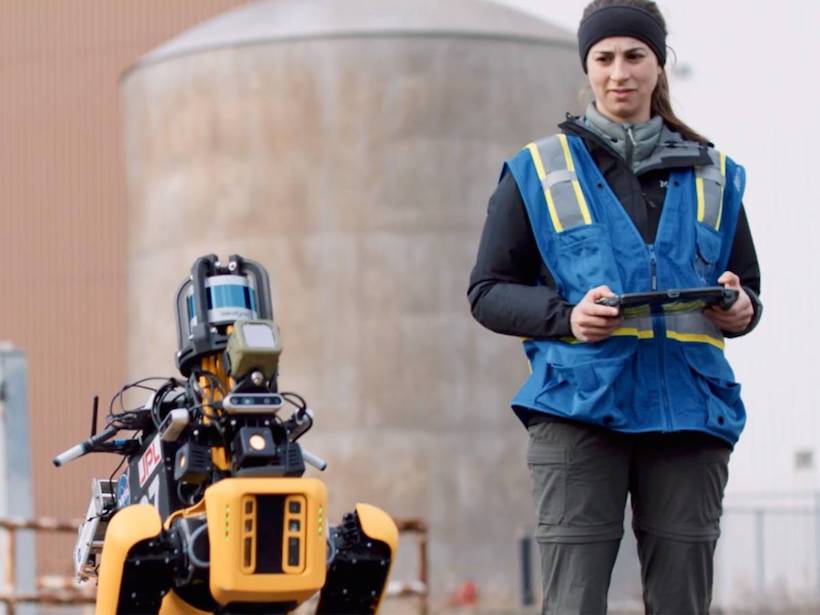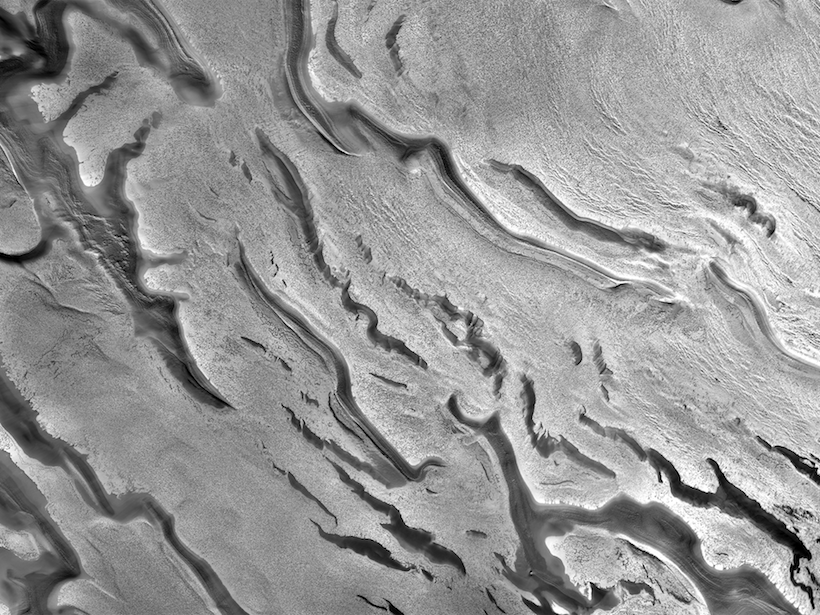Serendipitous observations by the Juno spacecraft while it was en route to Jupiter suggest a Martian source for the dust, but how the dust escapes Mars or its moons remains unknown.
Mars
A Bad Time for Mars Time
Thanks to COVID-19, mission control for the Perseverance Mars rover will look emptier than previous missions, and fewer scientists and engineers will follow the rover’s schedule.
Decoding the Age of the Ice at Mars’s North Pole
Exposure to sunlight creates telltale patterns in the polar ice cap that change over time, potentially providing insight into the climatic history of the Red Planet.
A Fallen Rising Star
The last works of Marzieh (Mari) Foroutan, an early-career martian geologist who was lost to us in 2020, have now been completed and published in JGR: Planets.
Very Good Space Boys: Robotic Dogs May Dig Into Martian Caves
Four-legged, autonomous robots known as “Mars Dogs” will explore previously inaccessible caves to look for signs of life and potential locations for future human colonies.
Martian Dust Activities Induce Electrochemistry
Amorphous materials generated from sulfur and chloride salts by electrostatic discharge in a Mars chamber suggest widespread electrical processes during dust activities.
First Detection of a Built-In Wobble on Another Planet
Spacecraft find that Mars oscillates 10 centimeters off its axis of rotation.
A Precise Mosaic View of Mars’s South Pole
A new workflow improves the process of creating massive, accurate mosaics from spacecraft-captured images of a planet’s surface.
Capturing Heat-Driven Atmospheric Tides on Mars
Spacecraft observations and model simulations provide new insights into tidal patterns that transport momentum and energy into the planet’s upper atmosphere.
Self-Repairing Blemishes on the Surface of Mars
A new study of small impact craters at Mars landing sites suggests that active processes degrade and infill depressions at similar rates in locations separated by thousands of kilometers.










